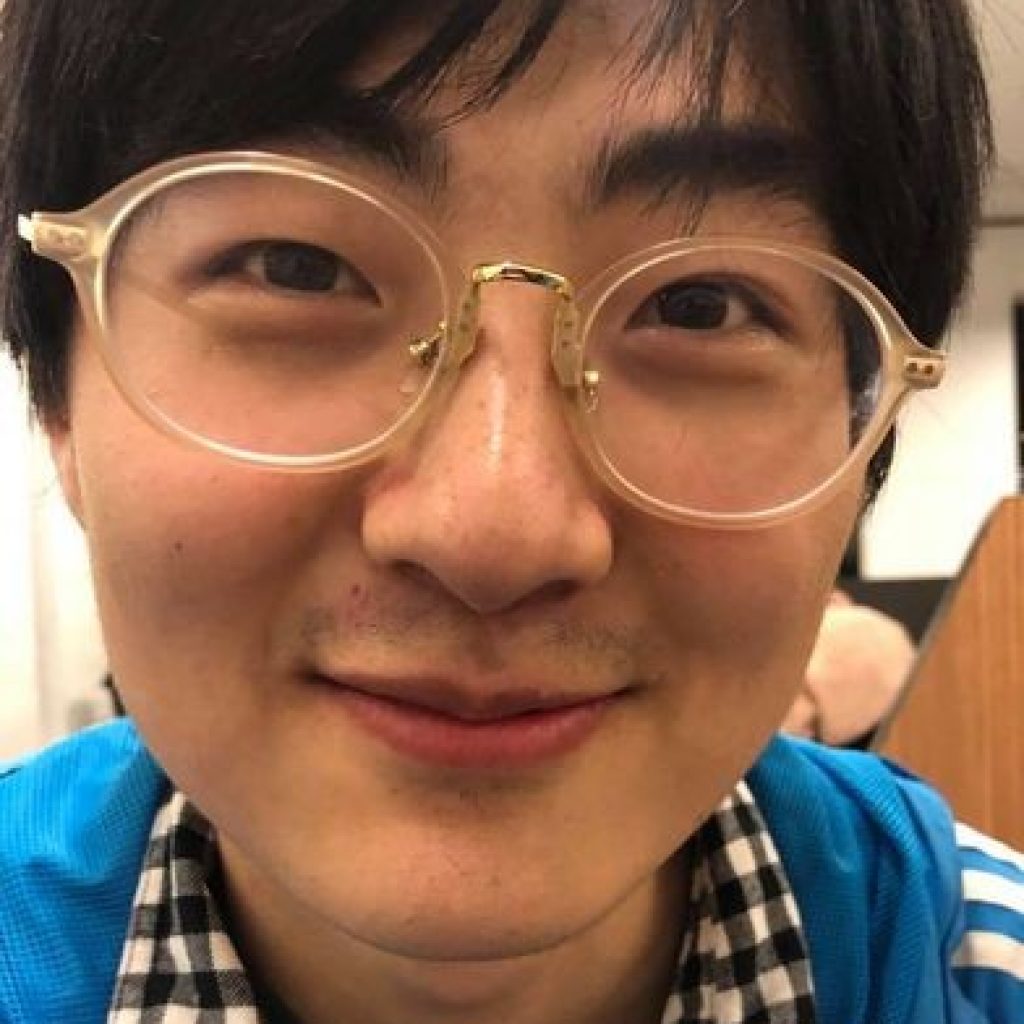The problem of characterising geometric objects is always interesting. In a three dimensional space, we can characterise a compact surface by its genus (that is, “the number of holes of a surface”). For example, a sphere(a ball) has genus 0 but a torus (a donut-shaped object) has genus 1.
We could also characterise objects in a four-dimensional space! These objects are called 3-manifolds. In this project, we study a certain kind of 3-manifolds, once-punctured torus bundles. Consider extending a torus vertically in 4d space (analogous to extending a circle vertically into a cylinder in 3d) and gluing its top and bottom, the constructed items are called once-punctured torus bundles.
To study a 3-manifold, we can study its fundamental group, that is, a group consisting of all different kinds of loops in the 3-manifold. There are a lot of connections found between the topology and geometry of the 3-manifold with the SL(2,C) character variety of its fundamental group. Here SL(2,C) is the group of 2 by 2 matrices with determinant 1. The SL(2,C) character variety of an once-punctured torus bundle can be identified with a subset of a finite-dimensional complex space. In this project, we explore the genus of this subset.
I really enjoy doing this project and experiencing real research in mathematics. I was confused and struggling a bit in the first few weeks since there are numbers of new concepts I had never encountered. However, the more I studied, the more confident I am with the material and the more indulged I am. I have learnt a lot of new knowledge, especially in topology, throughout this project. I really like the way topologists look at the world—only considering the most intrinsic properties of objects instead of their explicit shapes.
I hope I can keep pursuing pure maths in the future.
Youheng Yao
The University of Sydney

